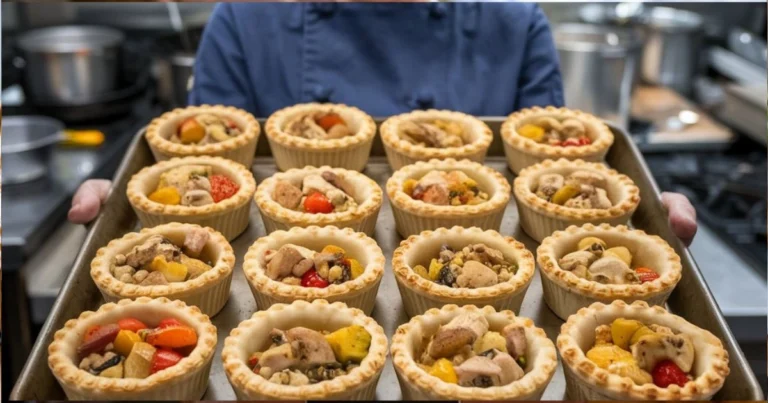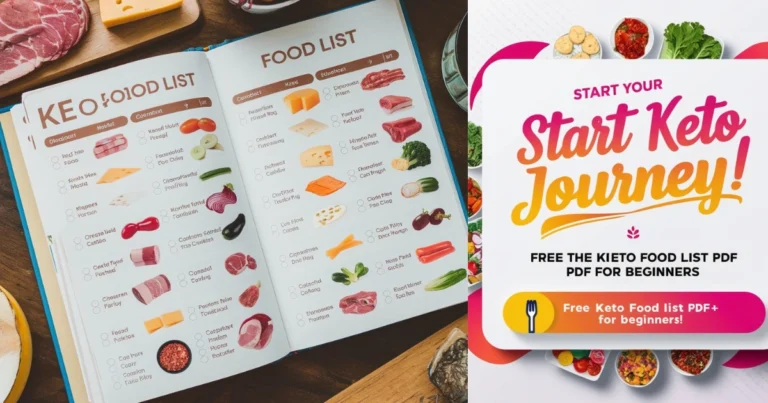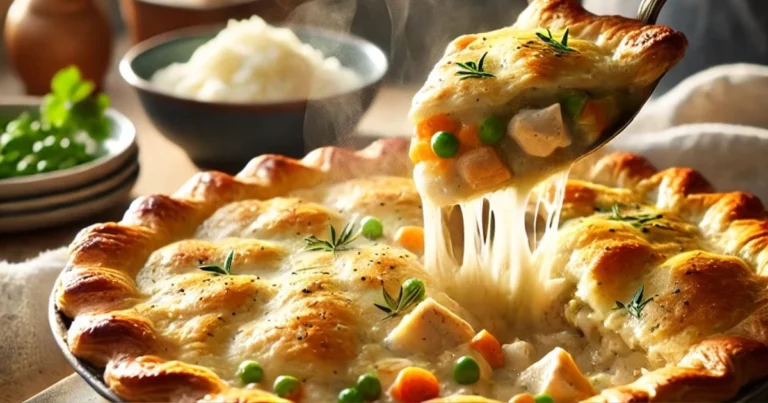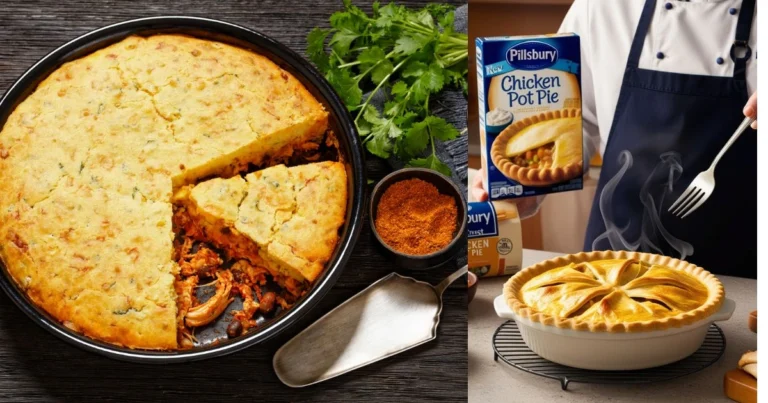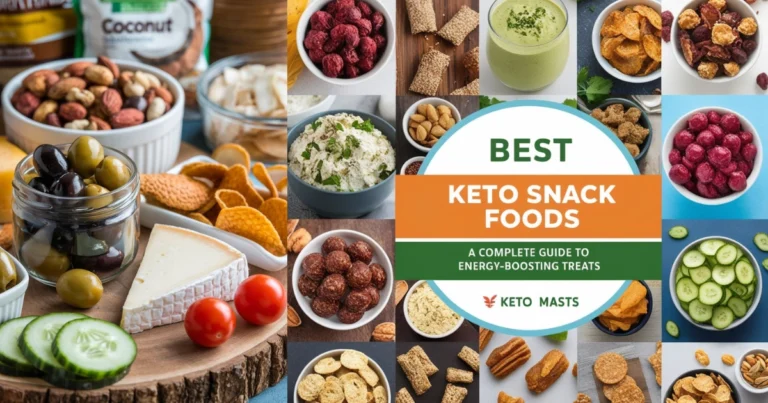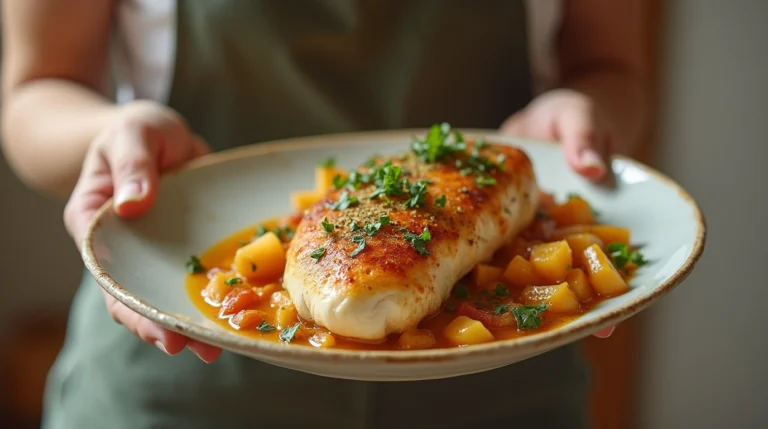Best Tips for Juicy, Flavorful Baked Chicken Breasts
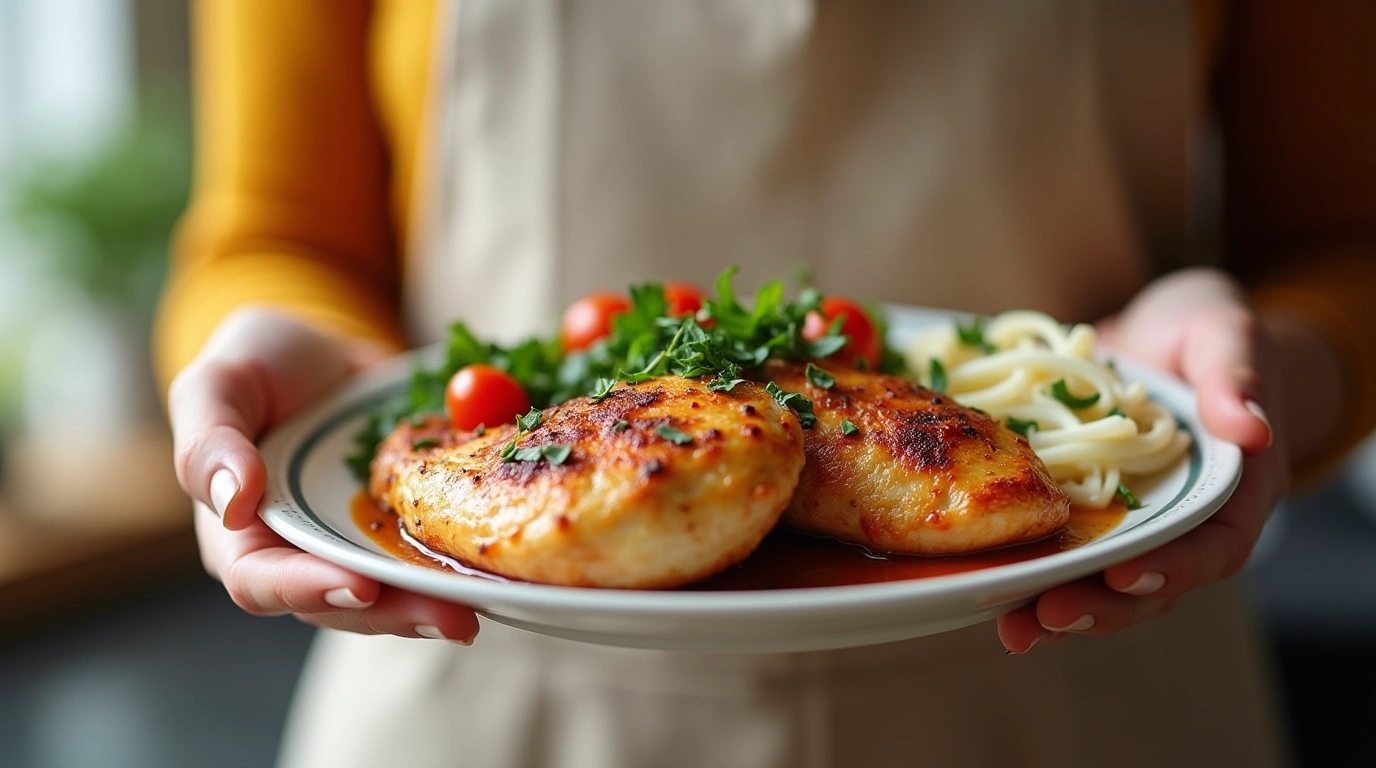
Have you ever baked chicken breasts only to find them dry, flavorless, and lacking the tenderness you crave? You’re not alone. Many home cooks struggle to get baked chicken breasts just right, often with tough or bland results. But the secret to perfectly juicy, flavorful chicken breasts isn’t complicated—it’s all about the right techniques, timing, and ingredients. This guide will walk you through everything you need to know, from preparing and seasoning to baking and serving. With these tips, you’ll finally be able to bake chicken breasts that are not only moist and delicious but also simple enough for any weeknight meal.
Table of Contents
Why Bake Chicken Breasts?
Baked chicken breasts are a fantastic option for anyone looking for a healthy, versatile, and protein-packed meal. Here’s why they’re so popular:
- Nutritional Benefits: Chicken breasts are low in fat and high in protein, making them an ideal choice for healthy eating. They’re also rich in essential vitamins and minerals, such as B vitamins, which support energy production and overall health.
- Versatility: Baked chicken breasts can be seasoned in countless ways, making them suitable for various cuisines. Chicken breasts can adapt to your flavor preferences, whether you’re in the mood for something spicy, tangy, or herby.
- Convenience: Baking chicken is a hands-off cooking method that allows you to prep other components of your meal while it’s in the oven. This makes it perfect for busy weeknights or meal prep.
In the sections below, we’ll dive into each step of baking chicken breasts—from preparation to cooking techniques—to help you master the art of juicy, flavorful chicken every time.
Preparing Chicken Breasts for Baking
The first step to ensuring juicy baked chicken is in the preparation. Proper preparation can make a huge difference in the texture and flavor of your chicken breasts.
Trimming and Sizing
Start by trimming any excess fat or connective tissue from your chicken breasts. It’s also a good idea to pound the chicken breasts to an even thickness. This ensures that they cook evenly, so you won’t end up with a dry, overcooked edge while the middle is still underdone. Use a meat mallet or rolling pin, placing the chicken between two pieces of plastic wrap or in a resealable bag to avoid mess.
Marinating for Flavor
One of the best ways to add flavor to your baked chicken breasts is by marinating them. Marinades not only enhance the taste but also help to keep the meat moist during cooking. A simple marinade can work wonders. Here’s an easy marinade recipe to try:
Basic Chicken Marinade Ingredients:
| Ingredient | Amount |
|---|---|
| Olive oil | 2 tbsp |
| Lemon juice | 1 tbsp |
| Garlic (minced) | 2 cloves |
| Fresh herbs (thyme or rosemary) | 1 tsp |
- Instructions: Combine all ingredients in a bowl, add chicken breasts, and let marinate for at least 30 minutes in the refrigerator (up to 24 hours for a deeper flavor).
Marinating your chicken will make it more tender and infuse it with flavors that go beyond the surface.
Dry Brining Option
If you’re short on time or prefer a different method, dry brining is an excellent alternative. Dry brining involves sprinkling the chicken with salt and letting it rest uncovered in the refrigerator for about 30 minutes to an hour. This helps the chicken retain moisture during cooking, resulting in a juicier final product. Simply pat the chicken dry after brining and proceed with your chosen seasoning.
Seasoning Options for Baked Chicken Breasts
The seasoning is where you can truly customize the flavor of your baked chicken breasts. A little bit of salt and pepper can go a long way, but if you want something extra special, here are some popular seasoning profiles:
Basic Seasoning Tips
Always start with salt and pepper as a base. These two simple ingredients enhance the natural flavors of the chicken, and they’re essential for a well-seasoned dish. Then, depending on the flavor you’re going for, add herbs, spices, and other ingredients.
Popular Flavor Profiles
- Garlic Herb
- Perfect for a classic and savory taste.
- Ingredients: Garlic powder, dried thyme, rosemary, olive oil.
- Lemon Pepper
- Light, tangy, and perfect for spring and summer meals.
- Ingredients: Lemon zest, black pepper, garlic powder, olive oil.
- Spicy Cajun
- Adds a kick of heat, ideal for bold flavors.
- Ingredients: Paprika, cayenne pepper, garlic powder, onion powder, black pepper, olive oil.
Seasoning Table
| Flavor Profile | Key Ingredients |
|---|---|
| Garlic Herb | Garlic powder, thyme, rosemary, olive oil |
| Lemon Pepper | Lemon zest, black pepper, garlic powder, olive oil |
| Spicy Cajun | Paprika, cayenne, garlic powder, onion powder |
Experimenting with different seasonings can keep your baked chicken meals interesting and prevent them from becoming repetitive. Mix and match flavors to create something that suits your taste.
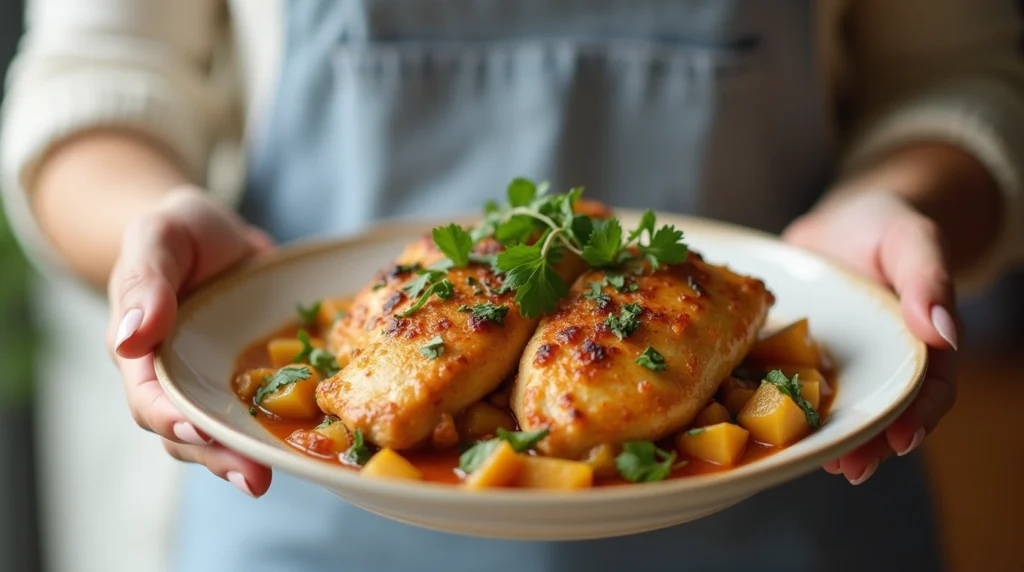
The Perfect Temperature and Bake Time
One of the most crucial aspects of baking chicken breasts is choosing the right temperature and baking time. Baking at too high or too low a temperature can result in dry or undercooked chicken, so it’s essential to get it just right.
Ideal Temperature
For juicy baked chicken breasts, it’s recommended to bake at 375°F to 400°F. This temperature range allows the chicken to cook quickly without drying out, which is often a risk at lower temperatures.
Recommended Bake Times Based on Thickness
The thickness of your chicken breasts will determine the bake time. Here’s a quick guide to follow:
| Thickness of Chicken Breast | Bake Time (at 375°F) |
|---|---|
| Thin (around 1/2 inch) | 18-20 minutes |
| Medium (about 1 inch) | 20-25 minutes |
| Thick (over 1 inch) | 25-30 minutes |
- Internal Temperature: Always check the internal temperature with a meat thermometer. The chicken should reach 165°F in the thickest part to be safe to eat.
Using a Meat Thermometer
A meat thermometer is an invaluable tool when baking chicken. By monitoring the internal temperature, you avoid overcooking and ensure the meat is cooked thoroughly. Insert the thermometer into the thickest part of the chicken breast without touching the bone, and remove it from the oven once it reaches 165°F.
Techniques for Keeping Chicken Moist and Flavorful
In addition to marinating and choosing the right temperature, there are several other techniques you can use to keep your chicken moist and flavorful during baking.
Covering vs. Uncovered
Whether or not to cover the chicken while baking is a common question. Here’s the answer: covering the chicken with foil can help retain moisture, especially if you’re baking at a slightly higher temperature or for longer times. However, leaving it uncovered can help you achieve a nice, golden exterior. A good compromise is to bake uncovered and cover the chicken loosely with foil during the last 5-10 minutes if you notice it drying out.
Basting Tips
Basting is another great technique for keeping chicken juicy. You can baste the chicken with pan juices or a little bit of melted butter halfway through the cooking process to add moisture and enhance flavor.
Butter or Oil Coating
Before baking, brush your chicken breasts with a thin layer of melted butter or olive oil. This coating helps lock in moisture and prevents the chicken from drying out, while also adding a subtle richness to the flavor.
Using Broth or Sauce
For an even juicier result, consider adding a small amount of chicken broth or sauce to the baking dish. The liquid will create steam in the oven, which helps prevent the chicken from drying out. Plus, it adds an extra layer of flavor
1. What temperature should I bake chicken breasts at?
- For juicy and flavorful chicken breasts, bake them at 375°F to 400°F. This temperature range helps the chicken cook through without drying out.
2. How long should I bake chicken breasts?
- Baking time depends on the thickness of the chicken breasts. Here’s a general guide:
- Thin (1/2 inch): 18-20 minutes
- Medium (1 inch): 20-25 minutes
- Thick (over 1 inch): 25-30 minutes
- Always use a meat thermometer to ensure the internal temperature reaches 165°F for safe consumption.
3. How can I keep chicken breasts from drying out when baking?
- To prevent dryness, marinate the chicken or apply a thin coating of olive oil or melted butter before baking. Baking with a little broth or covering the chicken loosely with foil can also help retain moisture.
4. Should I cover chicken breasts while baking?
- Covering the chicken with foil can help retain moisture, but baking uncovered for part of the time allows for a nicely browned exterior. You can cover the chicken during the last 5-10 minutes if it starts to look dry.
5. Do I need to marinate chicken breasts before baking?
- Marinating isn’t required, but it adds flavor and helps keep the chicken moist. If you’re short on time, a quick dry brine with salt for 30 minutes can enhance moisture retention.
6. Is it necessary to rest chicken breasts after baking?
- Yes, letting the chicken rest for 5-10 minutes after baking allows the juices to redistribute, resulting in a juicier texture. Cutting into the chicken immediately can cause it to lose moisture.
7. Can I bake frozen chicken breasts?
- While it’s possible to bake frozen chicken breasts, they will need additional cooking time (usually 50% longer). For the best results, thaw chicken in the refrigerator overnight for even cooking.
8. What are some good seasoning options for baked chicken breasts?
- Popular seasoning options include:
- Garlic Herb: Garlic powder, thyme, rosemary
- Lemon Pepper: Lemon zest, black pepper
- Spicy Cajun: Paprika, cayenne pepper, onion powder
- Experiment with different seasonings to find your favorite flavor profile.
9. How do I know when chicken breasts are fully cooked?
- Use a meat thermometer to check the internal temperature. When it reaches 165°F at the thickest part, the chicken is fully cooked and safe to eat.
10. Can I make baked chicken breasts ahead of time?
- Yes, baked chicken breasts can be made ahead and stored in the refrigerator for up to 3-4 days. Reheat in the oven at a low temperature or in the microwave with a splash of broth to prevent drying out.

